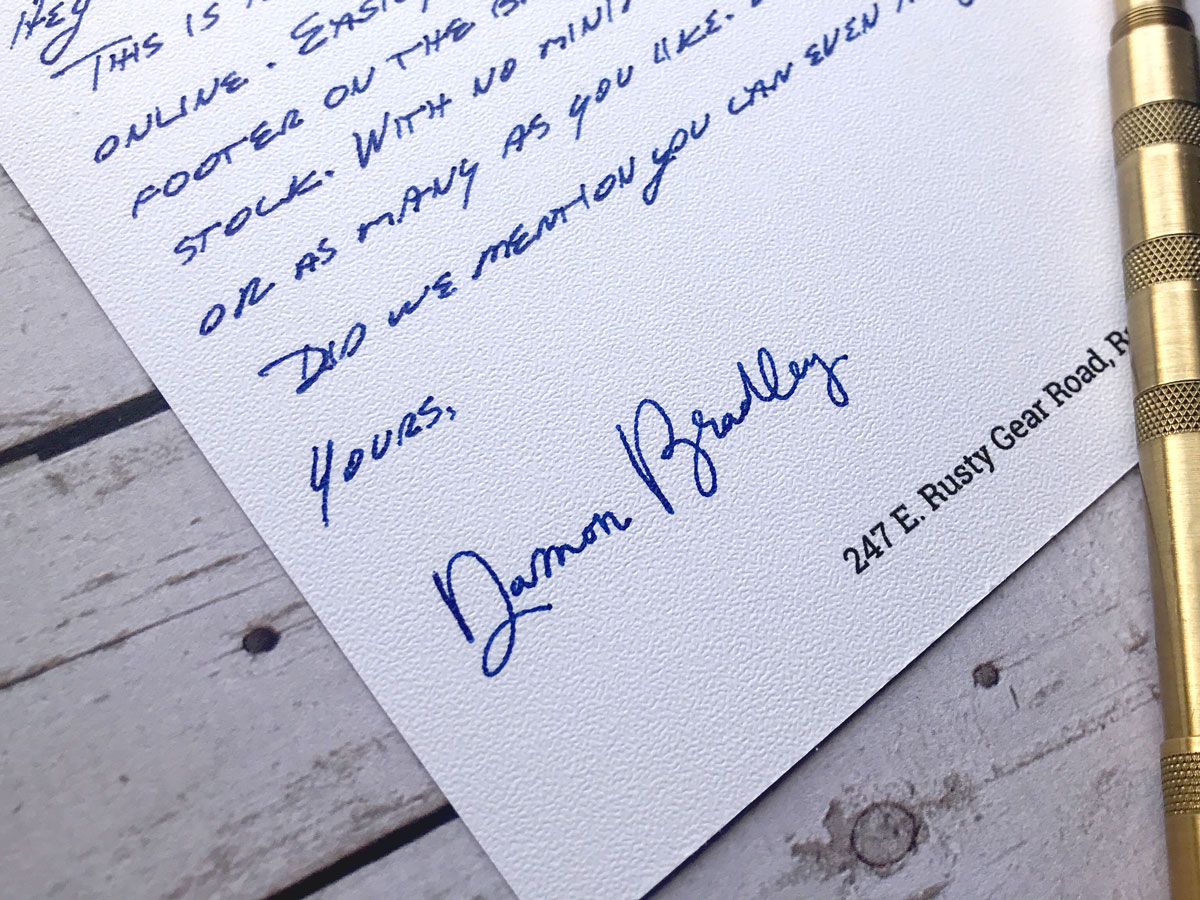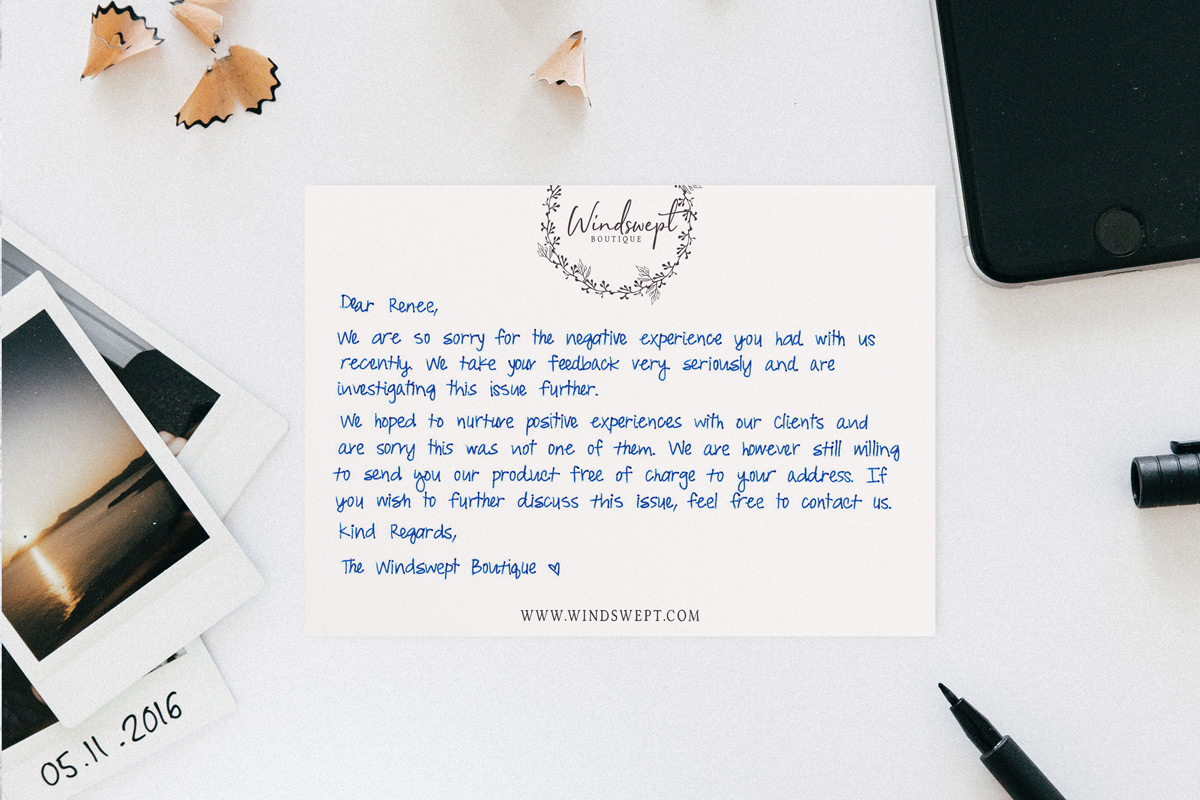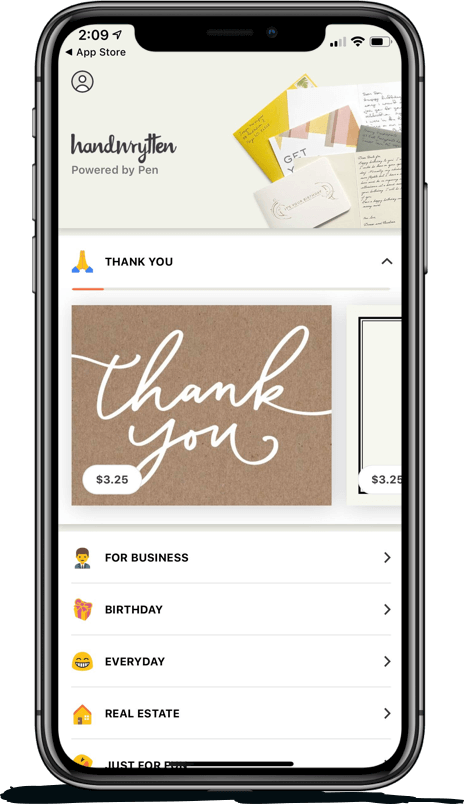Formal Signoffs
If you’re writing a card to a professional contact or someone you don’t know personally, potentially even to a coworker who is leaving, a formal signoff such as “Respectfully” or “Sincerely” followed by your name is appropriate. “Kind regards” and “Best regards” also work well for formal cards. Each of these closings shows respect for the recipient.
Personal Signoffs
When sending cards to family members and friends, use a more personal signoff. Use a closing that expresses your closeness to the recipient, such as “Love always,” “Sending all my love,” or simply “With Love,” followed by your name. “Love” is a big word, though, so make sure you only use it when you really mean it. Otherwise, your card may seem insincere. If you need to tone it down a bit, try “Your friend” or something similar.
Signoffs That Are Somewhere In Between
Sometimes we’ll send cards to people with whom we have a friendly relationship but who aren’t as close to us as our family members or good friends. When writing a card congratulating a newly married work colleague, thanking your child’s coach for hard work during the season, or conveying sympathy to a recently widowed parent at your child’s school, for example, you want to express warmth without being overly familiar. “Best wishes,” “Yours truly,” “Thinking of you,” or “All the best,” followed by your name, are all appropriate choices for closings in correspondence with people with whom you have cordial relationships.
Personalizing is a great way to make your card stand out and show you really care.
Closings With Personality
Though the above options are tried and true closings that will always be appropriate, you may want to use a less generic closing that reveals more about your reasons for sending the card and your relationship with the recipient, especially if you are close. Personalizing your closing is a great way to make your card stand out and show you really care.
Sometimes you might want to use a signoff that communicates a particular tone that a generic closing doesn’t express. If you are writing a sympathy card, closing with a solemn tone, such as “You and your family are in my thoughts at this difficult time,” is appropriate. When sending a card for a Christmas, perhaps you can be a bit more playful that normal and send a funny Christmas card to spread some holiday cheer.
You could also write a closing that reflects your specific reason for sending the card. “All the best for your birthday and the year ahead” is a great choice for an employee birthday card. A closing like “Sending you all my support and hopes for a speedy recovery” can convey caring when you’re sending a card to someone who is ill.
If you have upcoming plans to get together with your recipient, you may want to write, “Looking forward to seeing you.” If you are writing to someone you haven’t seen for a while and have no plans to see in the foreseeable future, you could write “Hope to catch up with you soon.”
If you have a playful or very close relationship with your recipient, something like “Sending you hugs and kisses” or “Love you bunches” may be appropriate. You could also use a signoff that reflects your relationship to the recipient, such as “Neighborly yours” when sending a card to a member of your community or “Your favorite child” when sending a cheeky card to a parent.
Ending With a P.S.
P.S., which stands for postscript, is an addendum or afterthought to correspondence that comes after the official closing. It hearkens back to the days of handwritten or typed letters when people couldn’t just edit their work to include a just-remembered thought. Occasionally, people write a “P.P.S.” (post-postscript) when they have yet another afterthought, though that is very informal.
A P.S. can lend some charm to a card. It can be used to draw attention to something since it’s separate from the body of your card, or to add a funny or clever statement. You probably don’t want to add a P.S. to a card to a business contact or casual acquaintance, though, because it might make your card seem hastily written.
Punctuation and Formatting
Greeting cards are a relatively informal and personal form of communication, but that doesn’t mean you should forget the rules of punctuation. Some people like to save their greeting cards for a while, so it’s always better if there are no glaring errors.
No matter what closing you use, it should always end in a comma, which separates the closing from your name. This applies whether you’re using a more formal closing such as “Sincerely” or a more relaxed closing such as “Best wishes,” for example. Also, note that the first word of your closing should be capitalized.
Reading your card over before you send it is always a good idea. If you have made a major error, you might want to start again with a new card. Perfecting your message on a piece of paper before you write on your card can cut down on errors.
If you’re prone to mistakes or self-conscious about your handwriting, you might want to use a service such as Handwrytten. This service lets you type your message and revise it until you’re happy with it. Handwrytten then prints your card using your choice of typeface, which is virtually indistinguishable from real handwriting.
Consider your recipient and the occasion carefully and you should find one of these card closing options sends the right message. But feel free to experiment with the wording to reflect your personality.






















